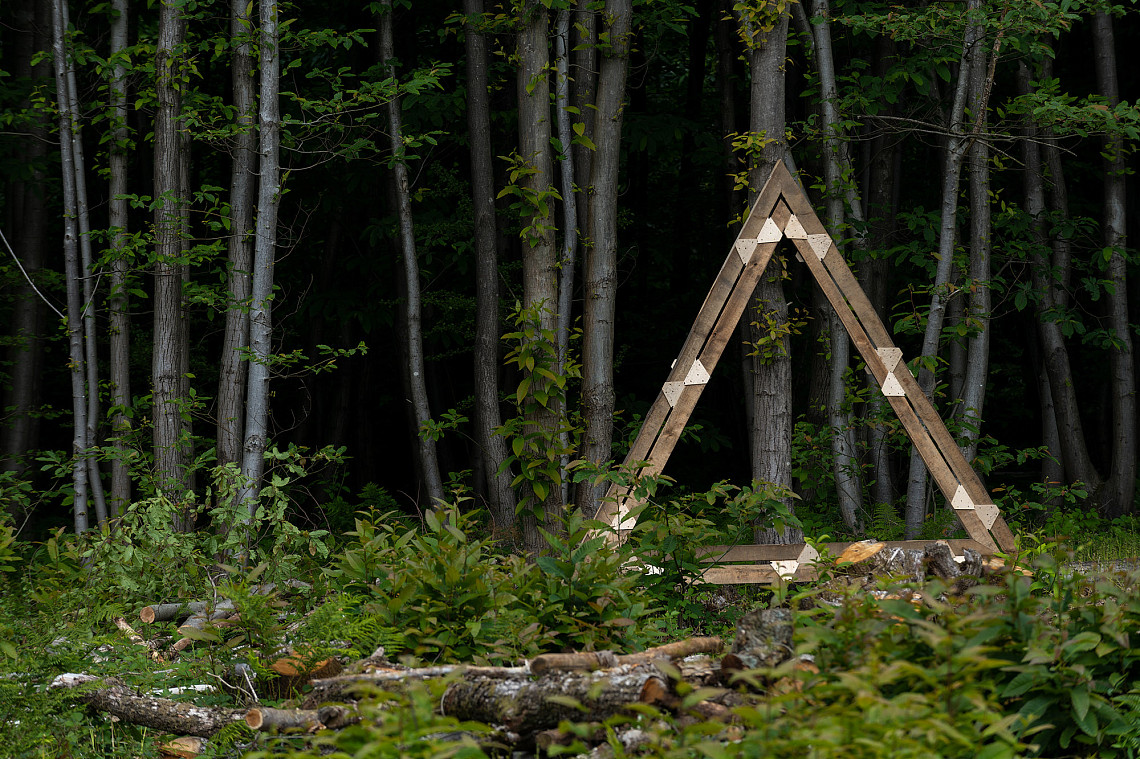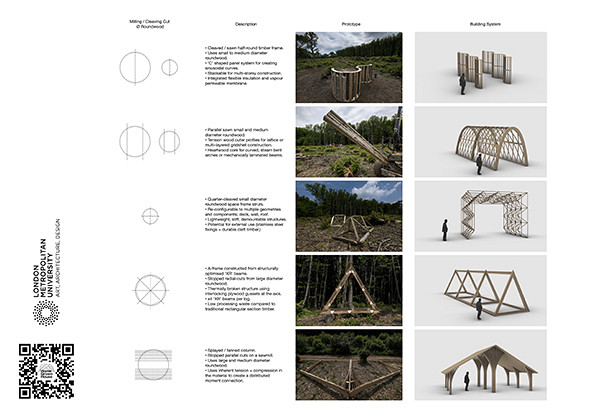Help
Community21 has selected some case study communities and projects to share across the network to inspire and inform others. Should we be featuring yours? If so get in touch.


Name: George Fereday, PI Guy Nevill, Director, Birling Estate Ltd. Dougal Driver, Chief Executive, Grown in Britain Nick Meech, Design and Make practitioner
Location: Kent
Specialist materials: Sweet chestnut
Products: Architecture
Links [if available]:
George Fereday / Home grown House
George was interviewed as part of the collective bringing the notion of the ‘home grown house’ to the world, which he explains did explicitly consider nature as a driver for its realisation.
George describes a drive in the design strategy to ‘express the woodland’ through the building form. The building embodies and consiously articulates an association with well-managed-woods through the making practices used in its construction and design language. The aesthetic is revealing, pairing back, peeling back and presenting a range of timber techniques in the structure that connect to the ecology of the coppiced sweet chestnut and the woodland from which it was sourced. Cleaving and radial cutting are deployed and exposed as both structural and aesthetical features that might be recognisable as part of our visual, agricultural and woodland heritage. This modest determination to (re)present contemporary notions of a sustainable a coppicing eco-system that dates back over 1000 years as an eco-logical solution for modern, vernacular architecture and sustainable making practice.
The design approach sought to programme in scalability and production models reconnect some ‘broken links’ between the landscape and skills within the supply chain. Our patchwork of woodlands is accessed as a resource through a mix of situated and portable sawmills, coupled with relayed, traditional knowledge, which the project seeks to champion.
The material language is a definitive strategy that seeks to ‘engage’ the public in the technicalities of the material, its relationship to an ancient, managed environment and the cascading benefits to nature and bio-diversity. The one-acre that was coppiced to provide the materials for the house has undergone the kind of change that allows for an appreciation of the natural uplift in diversity. Foxgloves are a feature on the fringes as is an ‘explosion’ in insect life and in turn birdlife all eminating from the ‘carpet of flowers’ that reappears as a result of careful coppicing of the forest. The natural amenity and access to wildlife is a recognisable benefit from building in this way and the project demonstrates the economic model as a basis for new versions of long-established vocations benefiting from better woodland management and regenerative resourcing.